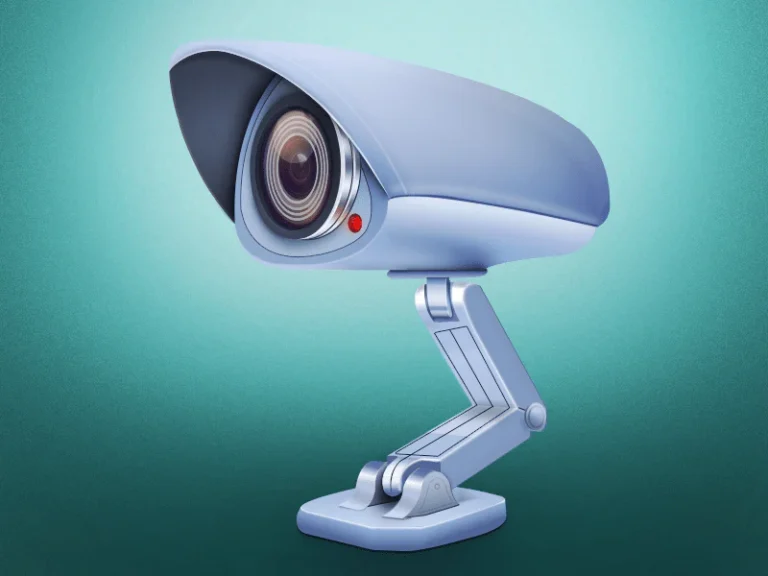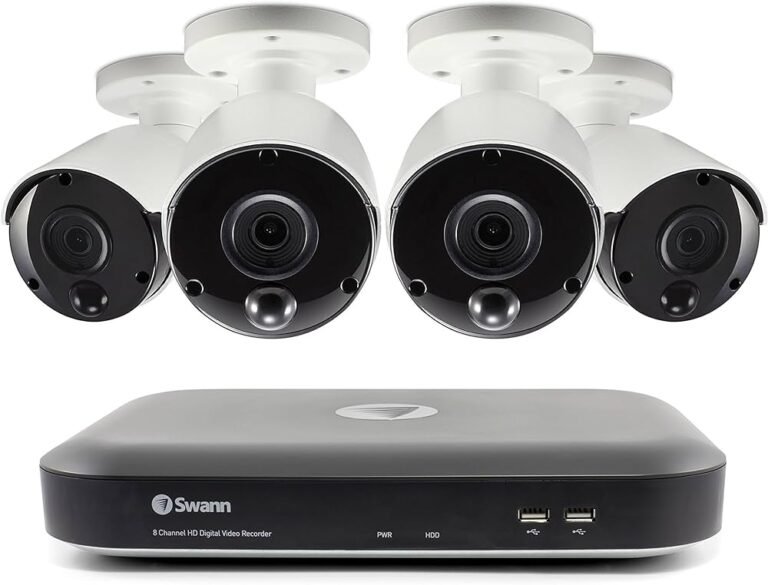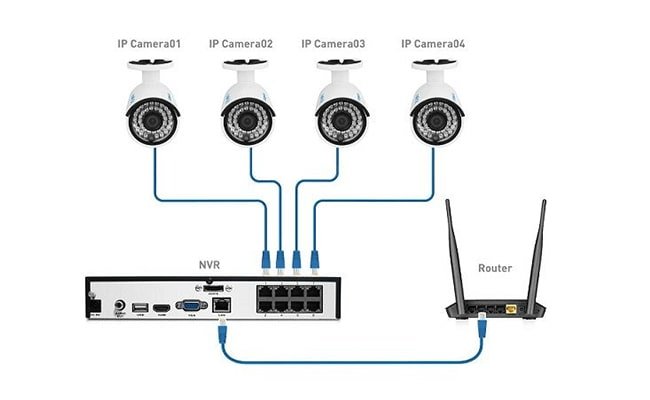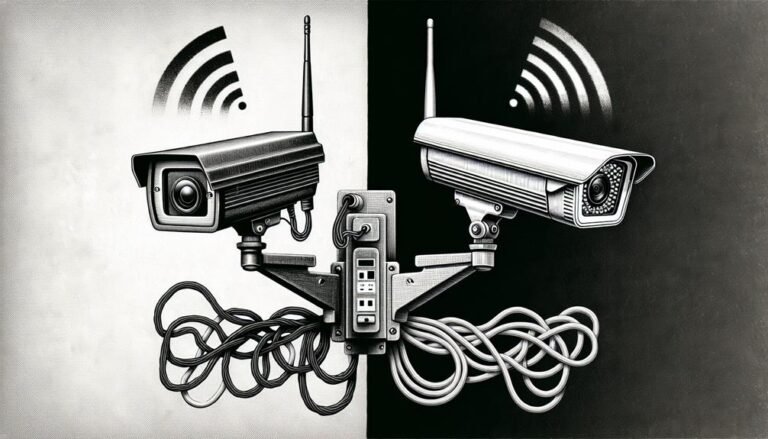CCTV Camera Without Wifi Connection | How it works?

Using WiFi for a CCTV system offers several advantages and is increasingly becoming a popular option for both residential and commercial surveillance needs. Wireless technology eliminates the need for extensive cabling, making installation more flexible and cost-effective, especially in environments where running cables is impractical or aesthetically undesirable.
Advantages of WiFi for CCTV Systems
One of the primary benefits of WiFi-enabled CCTV systems is the ease of installation. Without the need for network cables, cameras can be placed in various locations without extensive wiring. This is particularly advantageous in older buildings where retrofitting network cables can be difficult and expensive. Wireless systems can also be more easily reconfigured or expanded as surveillance needs change.
Another significant advantage is remote access. WiFi CCTV systems often come with companion apps or cloud services, allowing users to monitor live feeds and recorded footage from anywhere with an internet connection. This capability enhances security by providing real-time alerts and remote management features, making it easier to respond to incidents promptly.
Challenges and Considerations
However, using WiFi for CCTV systems is not without challenges. One of the primary concerns is network reliability. WiFi signals can be subject to interference from various sources, such as other wireless devices, physical obstructions, and even weather conditions. This interference can lead to connectivity issues, resulting in intermittent camera performance or loss of video feed. Therefore, it is crucial to ensure a strong and stable WiFi signal, possibly through the use of range extenders or mesh networks to cover larger areas.
Security is another critical consideration. Wireless networks can be vulnerable to hacking if not properly secured. It is essential to implement robust security measures, including strong passwords, encryption protocols like WPA3, and regular firmware updates to protect against unauthorized access and potential breaches.
Conclusion
WiFi for CCTV systems offers flexibility, ease of installation, and remote access capabilities, making it an appealing option for many users. However, ensuring network reliability and robust security measures are vital to maintaining the effectiveness and integrity of the surveillance system. By addressing these challenges, users can leverage the benefits of wireless technology to create a versatile and reliable CCTV solution.


If your Swann camera isn’t recording, start by checking the power supply to make sure it’s properly connected and the battery’s charged. Next, verify the camera settings by enabling the motion detection feature and reviewing your recording schedules. Inspect all…

The maximum distance between a CCTV camera and a DVR depends on the type of cabling you use. For coaxial cables, the limit is about 300 to 500 meters before you experience signal loss. If you use Ethernet cables, Cat5e…

To watch your CCTV cameras from anywhere using the internet, start by choosing the right camera with high resolution, night vision, and Wi-Fi capability. Connect your system to a stable internet connection via Ethernet or Wi-Fi and perform port forwarding.…
